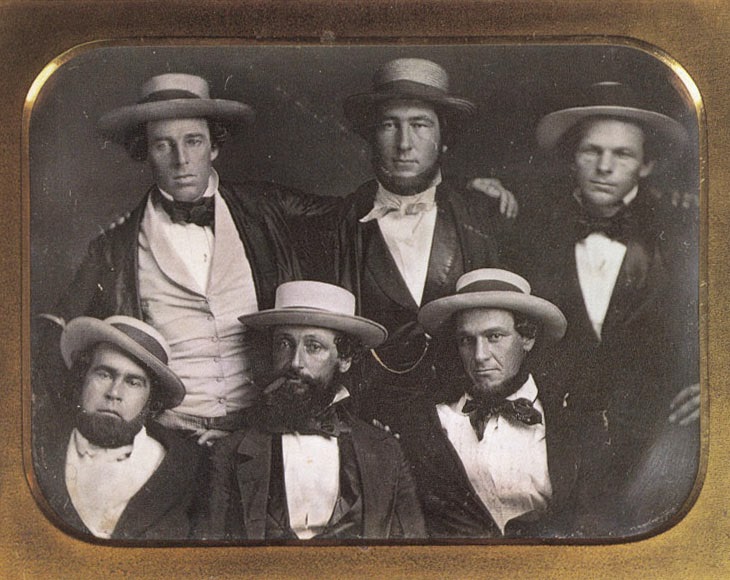The US and British forces practiced landing as well as assault prior to the actual operation. The week of April 28th, 1944 the first practice assault took place. Live ammunitions were fired to simulate the situation so that the men would be prepared. General Dwight D. Eisenhower believed that the men needed to be prepared and hardened to react properly
The practice was called Exercise Tiger. Due to communication errors, men invaded the Slapton beach in Devon, England, while the Naval bombardment occurred, resulting in loss of life owing to friendly fire.
(Slapton was selected for its similarity to Utah beach in France)
German E-boats attacked a convoy of follow-up troops not long after the practice. Again, communication errors occurred and the convoy was not as protected as it should have been. This resulted in the Battle of Lyme Bay in which 749 servicemen were killed.
In order for the D-Day invasion to work, all members who had been a part of Exercise Tiger were sworn to secrecy so that leaks would not occur. From this disaster though, came crucial fixes. The British and US standardized their radio frequencies and servicemen were taught how to use their life preservers.
The operation was kept quiet until after D-Day and then the casualty numbers were announced along with the casualty numbers of D-Day. While Exercise Tiger is not well-known, it was not an active cover-up, it just was forgotten. There is a memorial in Arlington National Cemetery for those lost during the practice run and Battle of Lyme Bay as well as a memorial at Slapton.





























.jpg)














